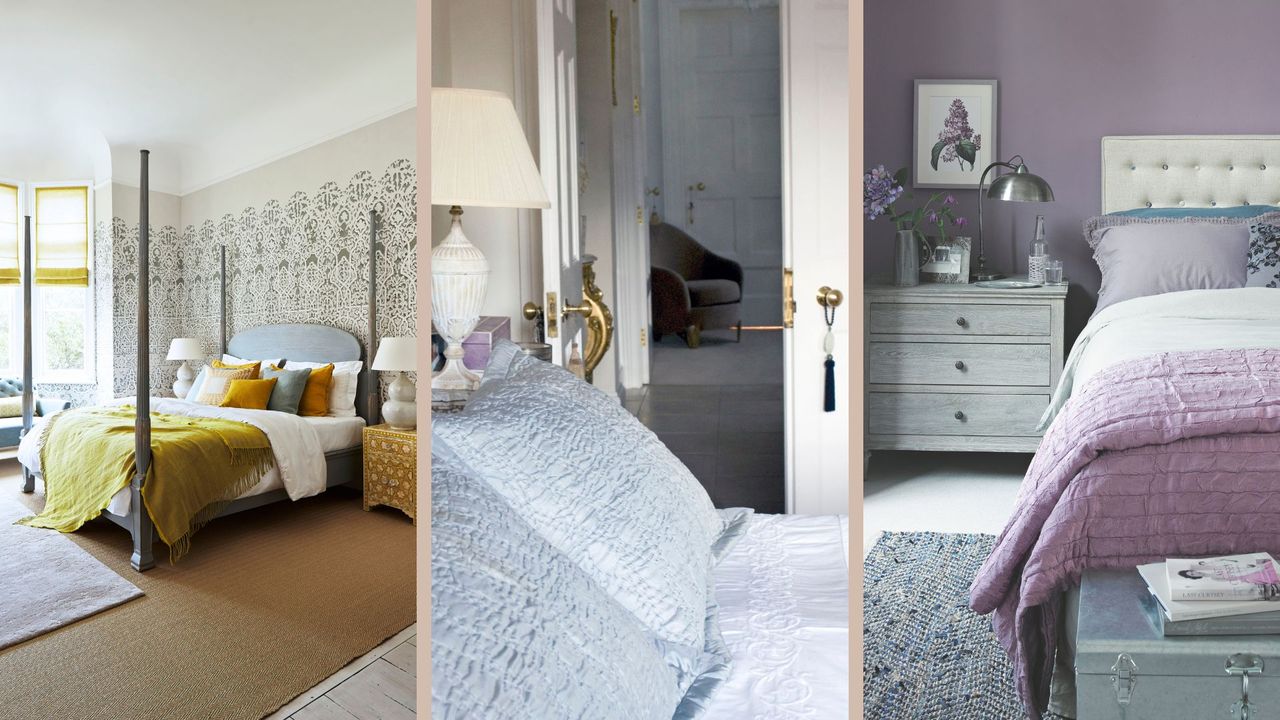
Our bedrooms should be comfortable, cosy, and enveloping spaces – creating the impression of being hugged. When designing a bedroom from scratch, there are many important elements to consider to get the balance right.
We tend to spend a lot of time mulling over bedroom paint colours and perhaps not enough time thinking about the best possible layout.
Playing around with your layout and avoiding bedroom layout mistakes will help you to maximise the space you have, and it can even make a small bedroom look bigger. To help determine the best bedroom layout, we've asked an interior designer to share professional advice.
5 Bedroom layout rules recommended by interior designers
Layout rules can feel a little intimidating, and to be honest, in smaller spaces, there usually seems to be only one possible place for your bed, wardrobe, and chest of drawers to go.
Below, I'm sharing five bedroom layout rules I always recommend clients follow – for a better layout and bedroom that helps them to sleep better, too.
1. Create balance and symmetry
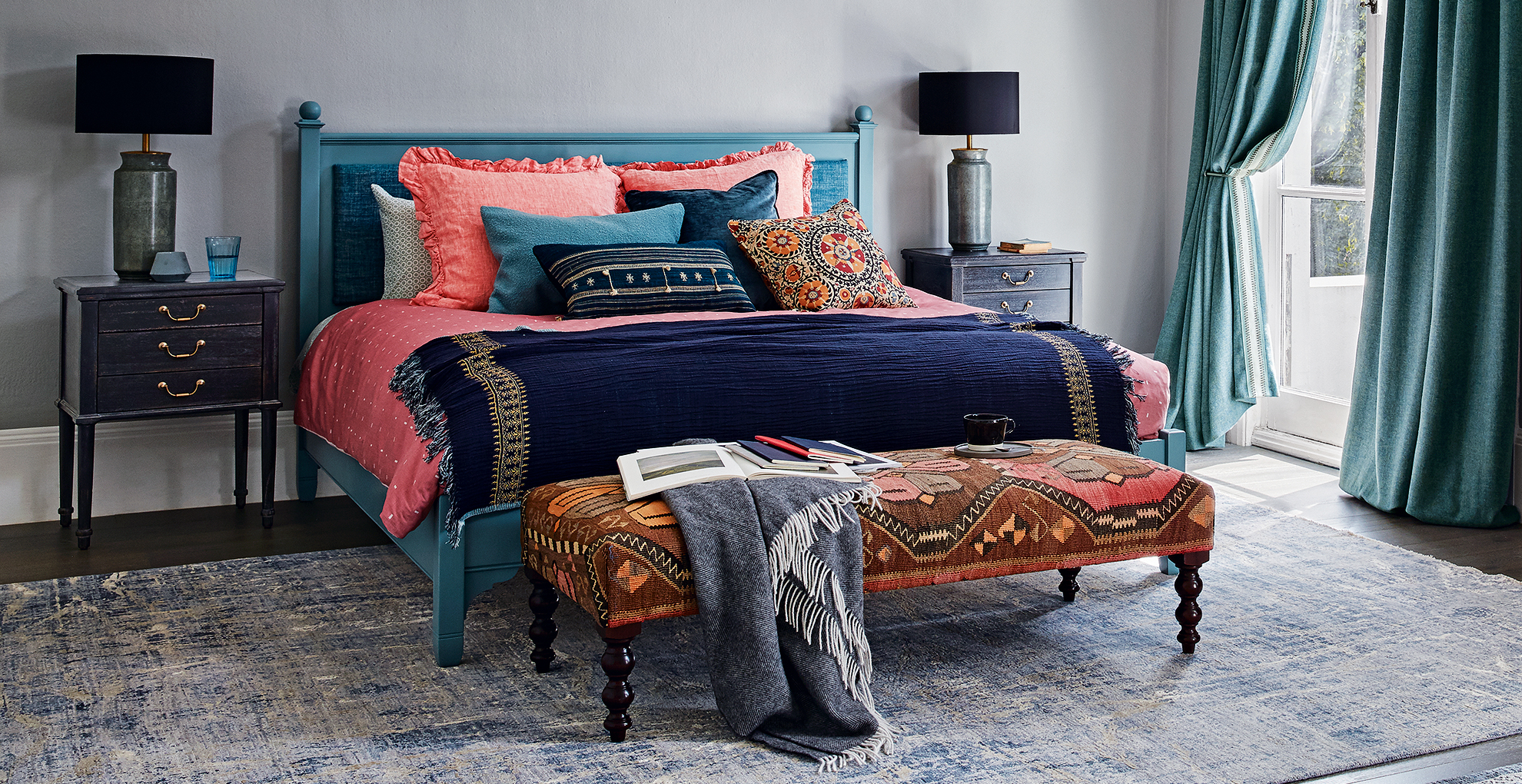
We need our bedrooms to feel calming and cocooning; this is easier when we have created a sense of balance or symmetry. This is because a symmetrical layout makes the room more restful to the eye.
So, look at your room and decide whether the visual weight in your bedroom is balanced or off-kilter. Perhaps you have a cluttered corner, or the bed isn't placed centrally.
Create balance by having two bedside tables, even if you live alone; after all, you can never have too much storage. Go for a bedside lamp or sconce on either side of the bed for a more 'finished' and 'hotel bedroom' feel. When you step back, the room will look much more put-together and balanced and I think this symmetry can also make a bedroom look more expensive.
You can also hang two fairly large, portrait pieces of artwork above the bed. In the bedroom, I love using artwork with horizontal lines, such as landscapes or line drawings, because they create a restful feel by mirroring our position when lying down when we go to sleep, almost inviting us to stretch out and lie down.
2. Choose the right-sized bed
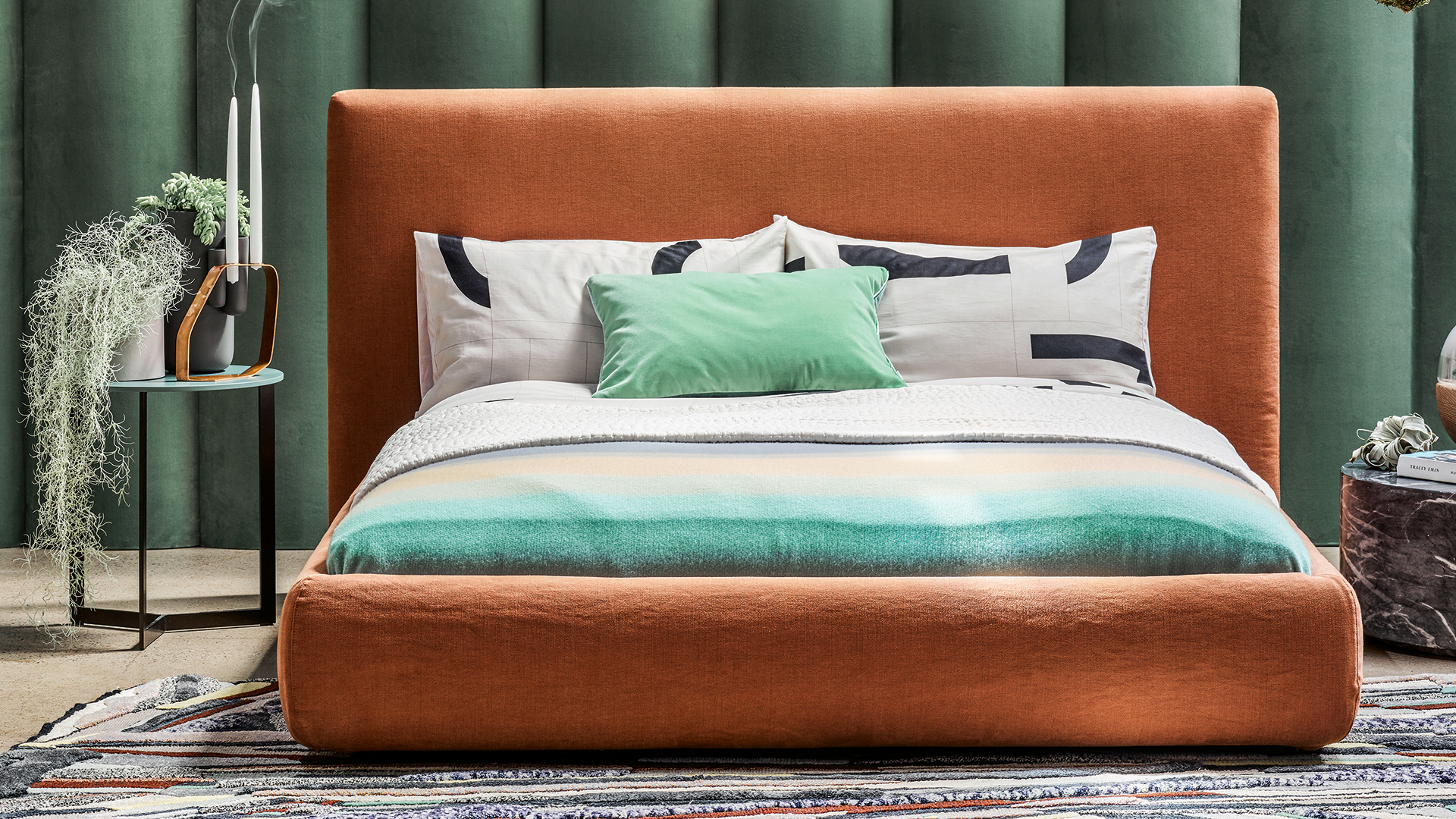
Bigger isn't always better when it comes to buying a bed frame, so measure your space thoroughly and think about walkways before going for the biggest possible size.
This is something I've learned the hard way – I sized down my mattress from a king size to a double but went for a contemporary, black four-poster bed. I love how it looks, but having lived with it, I think a simple, low bedframe with a simple upholstered design would have been more practical in terms of moving around the space easily.
"As tempting as it is to get the largest bed for comfort, it can compromise the space, and you may be left with just a bed in the room and hardly any space to actually walk around the bedroom," agrees Sophie Clemson from interior design company The Living House.
"If you choose a king-size or super king bed, opt for wider bedside tables or even a low chest of drawers. If the bedside tables are a standard size or too small, they will look lost next to the large bed."
Downsizing is not such a bad thing because not only is a smaller mattress cheaper, from the best cooling mattresses to a luxury Simba mattress, so will your best sheets.
3. Make the bed your focal point
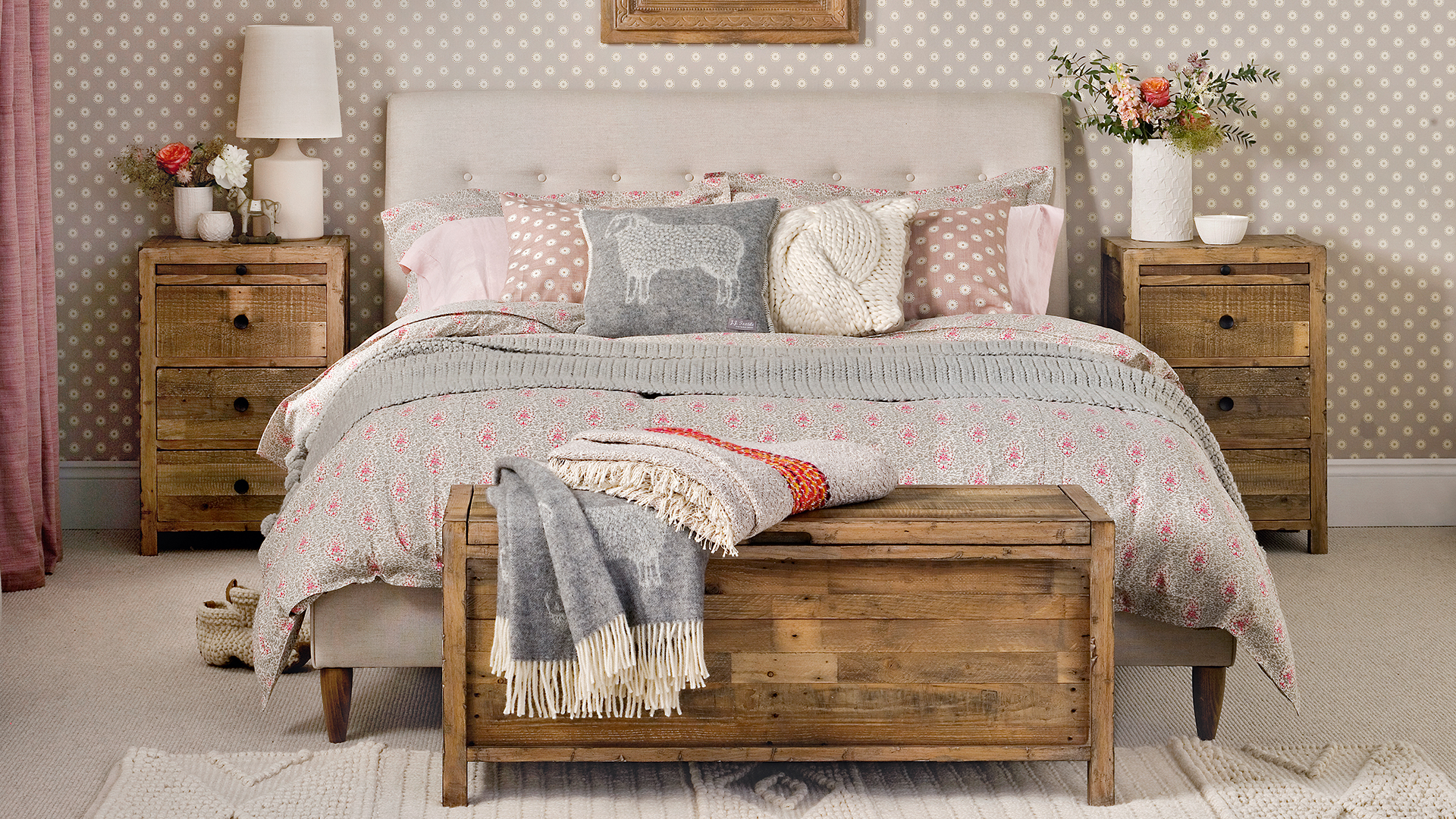
Our bedrooms are hardworking spaces, as they are where we sleep, get ready for the day, store our clothes, and sometimes they also double up as workspaces. However, the prime function of the bedroom should be for sleep, meaning the bedroom should be the focal point that draws the eye.
Ensure the bed is the centre of attention by anchoring it with a rug or displaying art, and don't skimp on the cushions and throws, as this will add interest and make your bedroom cosy. "We love to see a rug used in a bedroom; it can really complete the look and bring the room together," says Sophie.
Sophie's top tip is to go large with the rug to make an impact and balance the room. She advises placing a rug at the end of the bed while making sure that it is large enough to cover the width of the bedside tables. Explore how to choose the right-sized rug for any room.
"For a welcoming and inviting feel, place the bed so that it is facing the door to create a focal point and feature in the bedroom. Consider how you could decorate the wall behind the bed; this could be with panelling, a popular choice right now, a large piece of artwork, or wallpaper. If you’re going for wallpaper, don’t be afraid to paper every wall for maximum impact," Sophie recommends.
4. Add plenty of storage
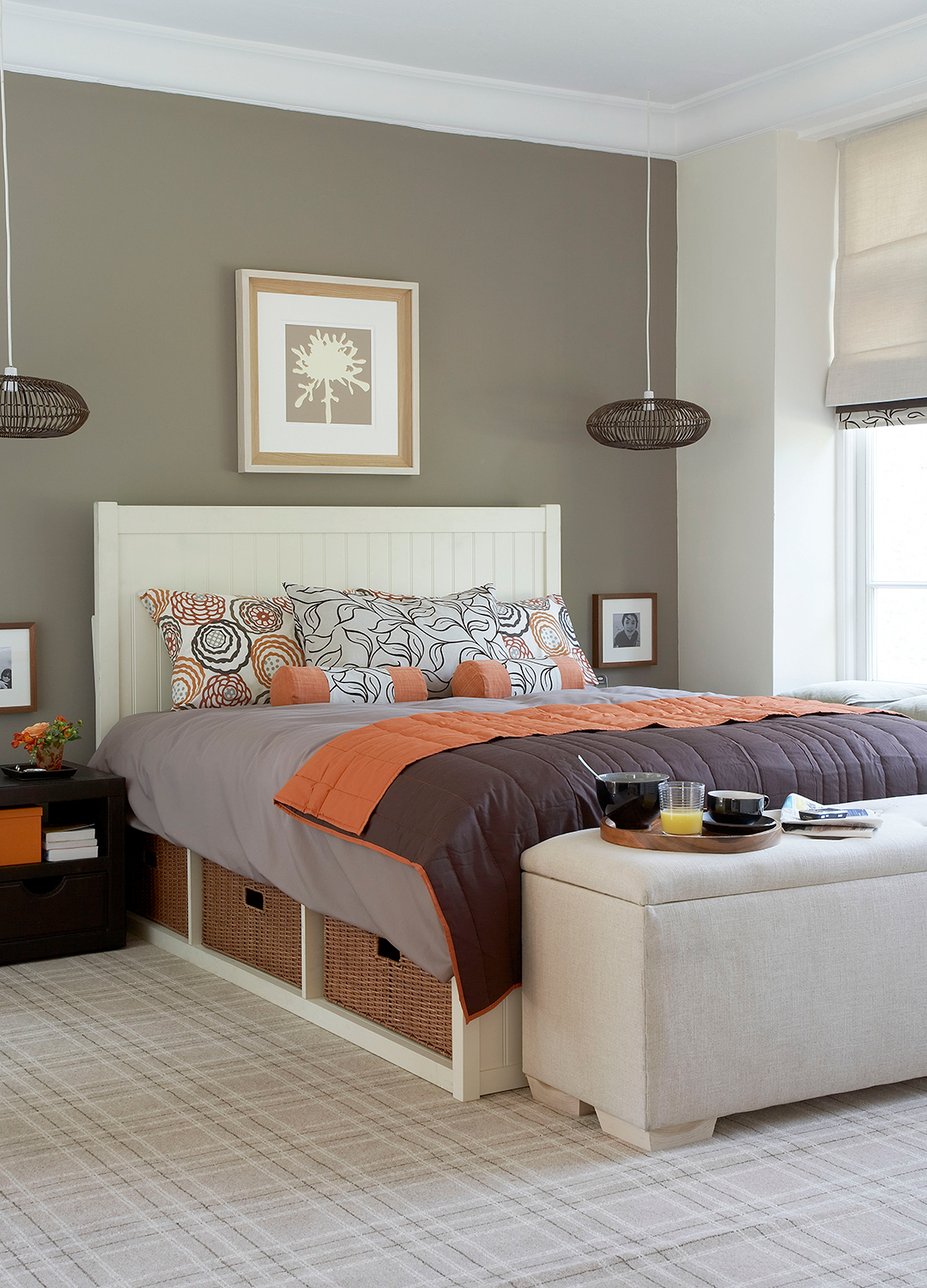
A common bedroom storage mistake to avoid is not making the most of dead space, especially the space under the bed. Under-bed storage is key, whether you are organising a small bedroom or having a bigger space, as it gives you much more room for stowing things out of sight.
Having out-of-season clothes stored away makes it easier to keep your closet organised, with regularly worn items easier to see. Invest in storage boxes to make items easily accessible, and declutter your bedroom periodically to avoid a build-up of excess stuff.
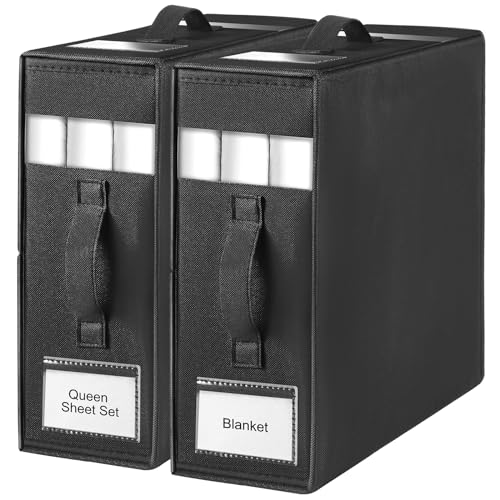
RRP: £13: One of our team members bought these bed sheet organisers to store linens in style. This two-pack of foldable bedsheet container cubes stores king-sized bedding sets, comfortably accommodating 4 pillowcases, a duvet cover and a fitted flat sheet.
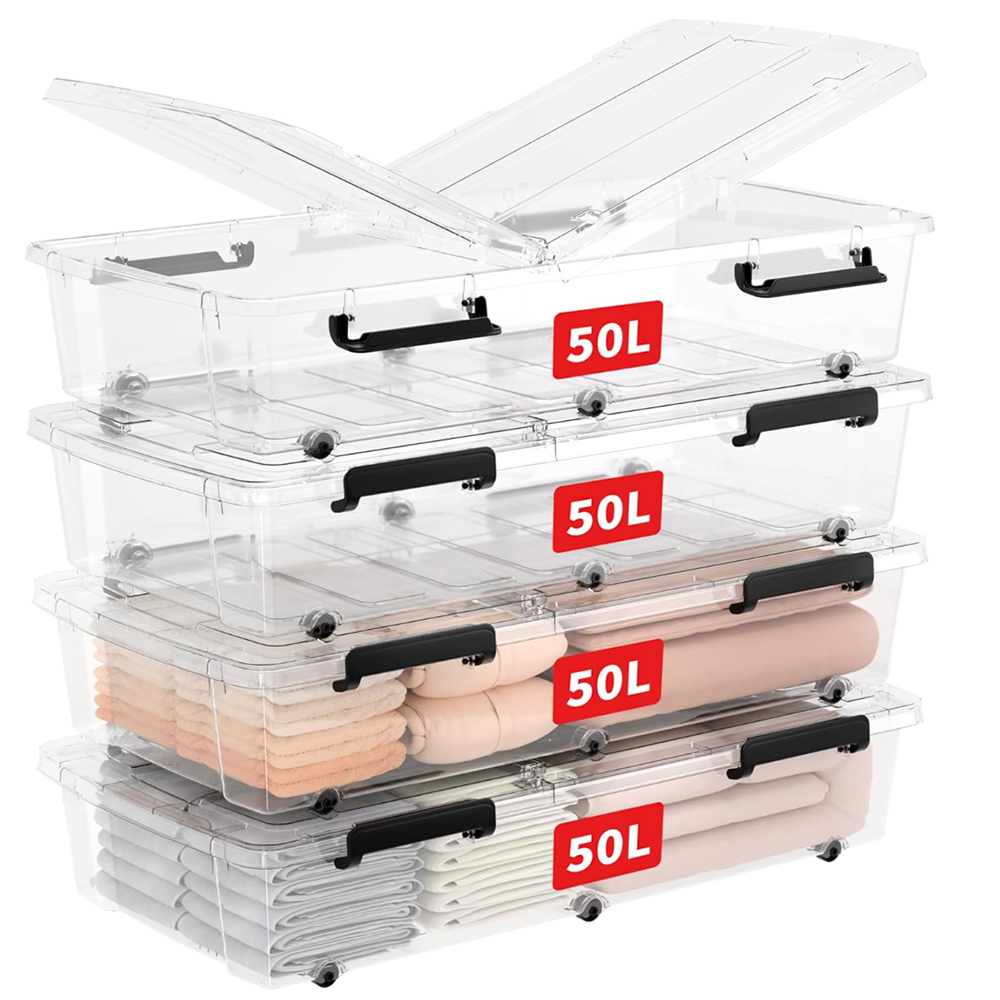
RRP: £74 for a set of four | This generous 50L set of four under-bed storage containers, with dual-opening lids, is ideal for organising the bedroom.
5. Use the walls
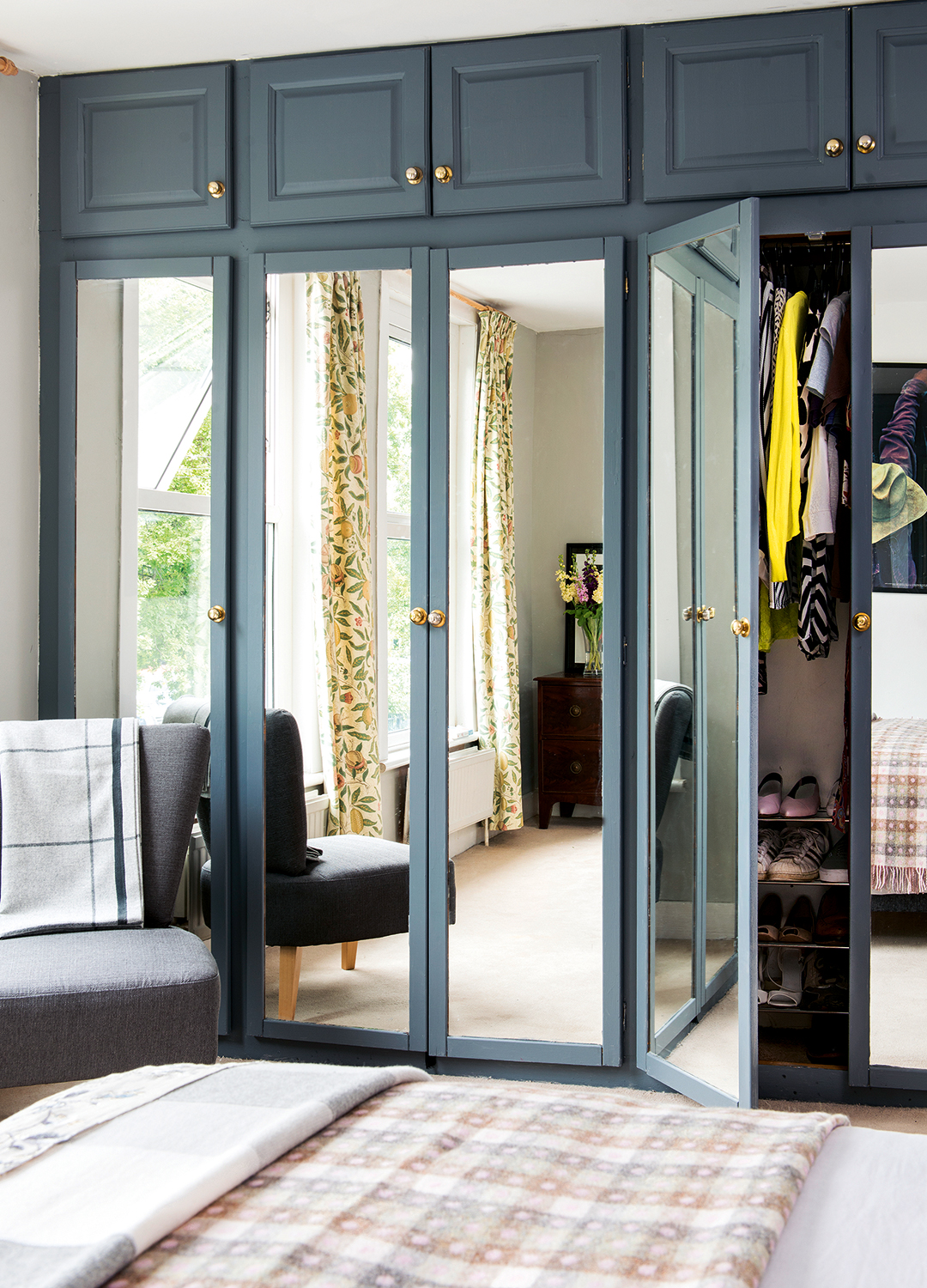
Make the most of your vertical space by hanging up rows of shelving (you can either use them to arrange decor, small lamps, and trinkets or use opaque baskets to store day-to-day essentials without the visual clutter).
Built-in cabinetry is also a brilliant option because it will work with the architecture of your bedroom and maximise the available space. By using the walls, you'll end up with more floor space, reducing the need for bulky chests of drawers, which can feel oppressive and disrupt the flow of your bedroom.
We recommend trying one of the latest IKEA Billy bookcase hacks or a creative IKEA closet hack to achieve a bespoke finish on a budget.
A chair or two can be added to create another bedroom zone for hanging out or having a coffee, but be strict about not ending up with a bedroom 'clothes chair' as this just looks cluttered.
FAQs
What's the first thing you should see when you walk into a bedroom?
Interior designer Sophie Clemson says the bed should be the first thing you see when you walk into a bedroom, as it creates a welcoming and cosy feel, especially when you dress it with plenty of cushions and a throw for an inviting look.
If the layout of your bedroom doesn't allow it, Sophie has a great alternative solution: "Perhaps you have a wardrobe that can’t fit anywhere else, go for a mirror door option to bounce the light around the room and reflect the view of the bed. This will help trick the eye and make the space look bigger."
Bedroom designer's layout tips
Joanne Dodsworth, a bedroom designer at Wren Bedrooms, shares her expert tips on creating a well-balanced, functional bedroom layout, no matter the size.
- Consider function first and foremost: "A great bedroom layout starts with function. Before you choose bedroom paint colours or furniture, think about how the space will be used and your daily routine, as your layout should reflect how you live. Is it purely for sleep, or will it double up as a dressing room or home office? If you like to read before bed, make sure the lighting is soft and easy to reach. That clarity will shape the entire layout.
- Always allow for movement: "Aim to keep your layout clutter-free - this instantly makes your bedroom feel more restful. The bed should always be your anchor; where possible, centre it on the main wall and try to leave at least 60 to 80cm of clearance around the bed, wardrobes, and key walkways. If space is tight, sliding wardrobe doors are a smart solution; they offer full functionality without obstructing walkways.
- Utilise the walls to make better use of space: "In smaller rooms, consider wall-mounted lighting or floating shelves to save space without compromising on style. And don’t forget about plug sockets, it’s something many people overlook, but factoring them in early is key for practical touches like phone chargers, hair tools or bedside lamps."
- Take advantage of vertical space: "If you have height to play with, use vertical storage to your advantage and go for built-in wardrobes that stretch floor to ceiling, overbed units that frame the bed neatly, and divan beds with hidden under-bed compartments. In awkward spaces, made-to-measure angled wardrobes and open shelving in alcoves are perfect for turning unused corners into practical storage zones. Every element should feel intentional. By incorporating innovative features such as pull-out trouser racks, rotating shoe shelves, and accessory trays, you can maximise every inch without cluttering surfaces."







